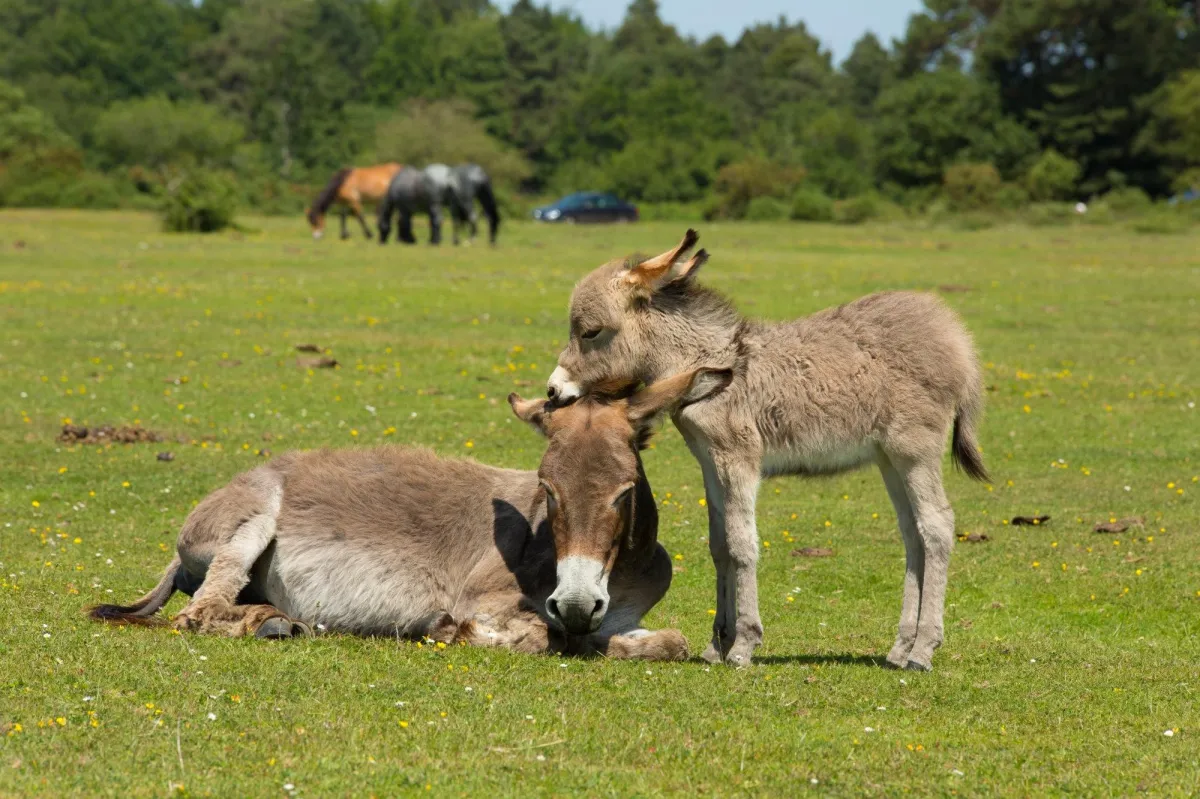
Lameness in Livestock - Part 1
Lameness is common in long-lived animals such as horses, ponies, donkeys, dairy cows, pet goats, and sheep. It must be treated promptly. An untreated animal may struggle to graze, be bullied, lose condition, and suffer pain. Because lameness often involves discomfort, it is also an animal welfare issue and needs urgent attention.
This is the first in a three-part series on livestock lameness. Part Two explores causes and prevention in horses, ponies, and donkeys. Part Three focuses on sheep, goats, cattle, and deer.
Which Leg is Lame?
Most lameness is caused by pain that prevents the animal from bearing weight properly. The pain may be in the foot, a joint, a bone, or a muscle. It can be hard to identify which leg is affected, especially when the lameness is mild. Often the clearest signs appear when the animal is trotting.
Front Leg Lameness
If a front leg is sore, the animal will nod more noticeably when the sound leg is on the ground. For example, if the right foreleg is lame, it will nod more heavily when the left foreleg makes contact.
Hind Leg Lameness
Hind leg problems are harder to detect. At a trot, a front leg and the diagonally opposite hind leg move together. This means that if the right hind leg is sore, the animal will nod when the right front and left hind legs hit the ground.
Lameness in More Than One Leg
When more than one leg is affected, it becomes more difficult to diagnose. If both front legs are sore, the animal may stand with its weight shifted back onto the hind legs. This is a typical stance in ponies and donkeys with laminitis.
Sheep and goats may kneel to graze if they have pain in one or both front feet.
Other Signs of Lameness
You may also notice:
Thickening, swelling, or heat in joints or tendons
Enlarged, painful joints, often linked to arthritis
Puffiness and tenderness along a tendon, which may indicate injury
The tip of the affected foot touching the ground while standing still
The leg being held off the ground entirely if pain is severe
Greater lameness on hard ground compared to soft surfaces
Stiffness after resting that improves with movement, often a sign of arthritis
Reluctance to move, lie down more often, or eat less, resulting in weight loss
Mild or complex lameness may require professional help. If the animal is very lame and clearly in pain, veterinary assistance is essential.
Need help managing hoof and foot health?
If you’re dealing with ongoing lameness or want to prevent problems before they start, our Feet & Foot Problems online course covers everything lifestyle farmers need to know, from hoof trimming to identifying the early signs of disease.
Continue the Series
Part Two: Lameness in Horses, Ponies and Donkeys
Part Three: Lameness in Sheep, Goats, Cattle and Deer

